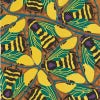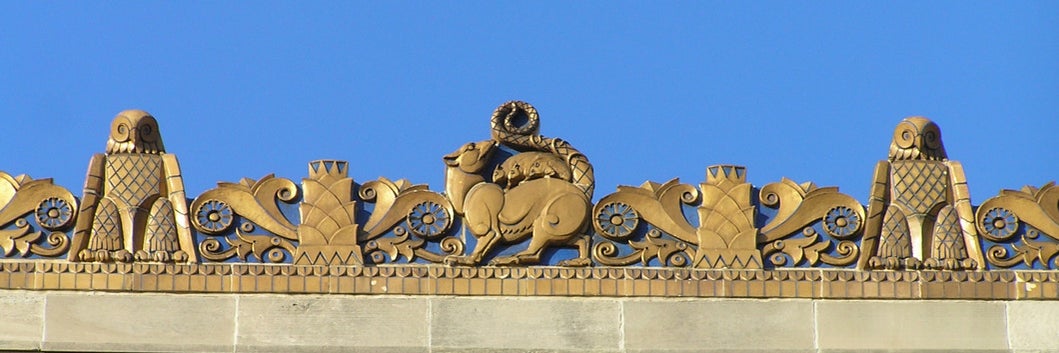


Transdisciplinary zoologist exploring animal iconography from around the world via intersections of natural history with art & visual culture history.
Current research interests include opossum & coati iconography; the visual record of Australasian monotremes & marsupials; parrots in European art; exotic birds in early modern Dutch art; and the contributions of women to the visual record of zoology.
This profile is from a federated server and may be incomplete. Browse more on the original instance.